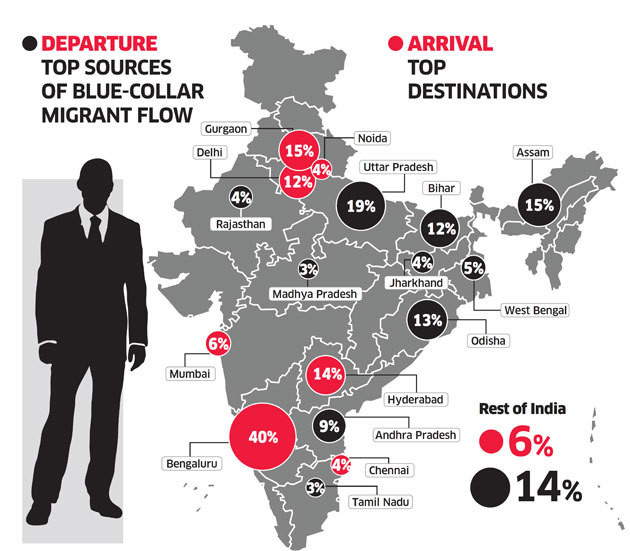Migration has been a part of human history for thousands of years, with people moving from one place to another for a variety of reasons. In recent years, the pattern of migration has been changing, with new trends emerging that have significant implications for both the countries of origin and destination.
One of the most significant changes in the pattern of migration is the increasing number of people who are moving from developing countries to developed countries. This trend is driven by a variety of factors, including economic opportunities, political instability, and climate change.
Another important trend is the increasing number of women who are migrating, both within their own country and internationally. This trend is driven by factors such as education and employment opportunities, as well as the desire to escape gender-based violence and discrimination.
There has also been a shift towards temporary and circular migration, where migrants move back and forth between their country of origin and destination. This type of migration is driven by factors such as employment opportunities and the desire to maintain ties with family and community.
The changing pattern of migration has significant implications for both the countries of origin and destination. In developing countries, the loss of skilled workers, particularly in the health and education sectors, can have serious consequences for economic development and social progress.
In developed countries, the influx of migrants can put pressure on social services and infrastructure, leading to concerns about integration and cultural clashes. However, migrants also bring with them valuable skills and expertise that can contribute to the economy and society.
Another important implication of the changing pattern of migration is the need for new policies and frameworks to manage migration. Countries need to develop comprehensive migration policies that take into account the needs and aspirations of migrants, as well as the concerns of host communities.
In conclusion, the changing pattern of migration is a complex and dynamic issue that has significant implications for both the countries of origin and destination. It is important that policymakers and stakeholders work together to develop policies and frameworks that support safe, orderly, and regular migration, and that recognize the valuable contributions that migrants can make to society.




